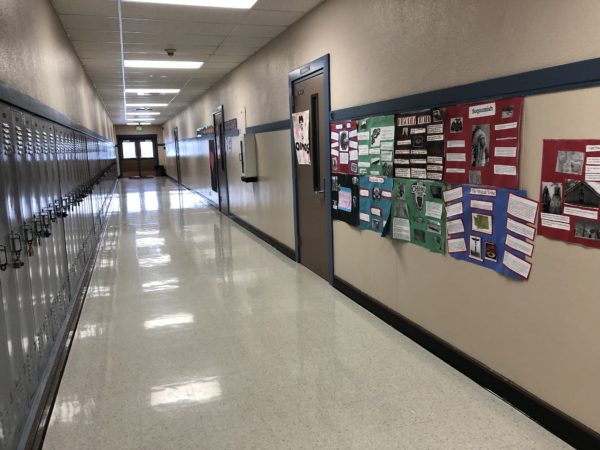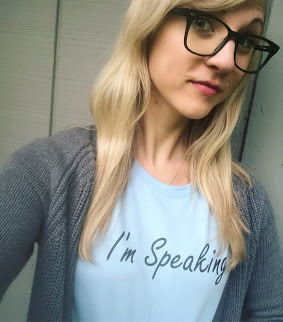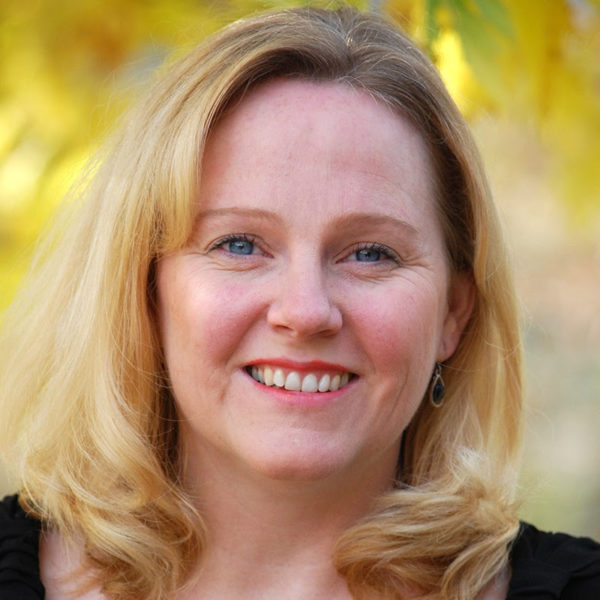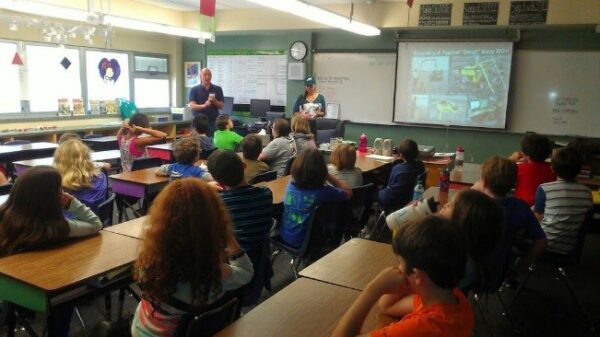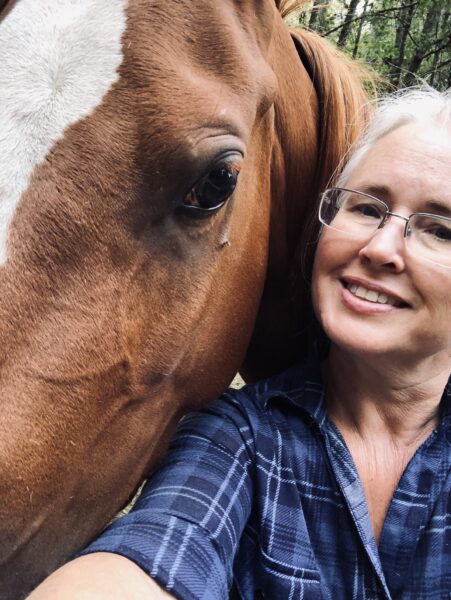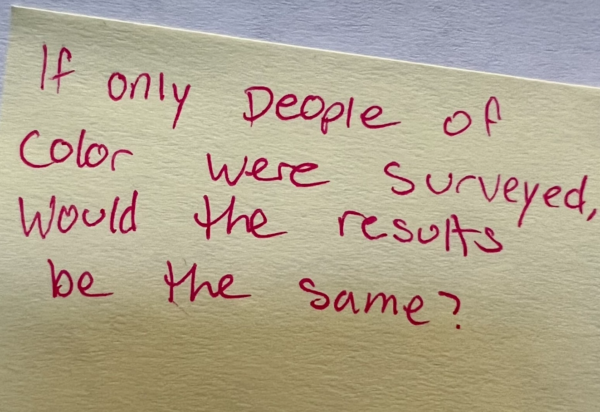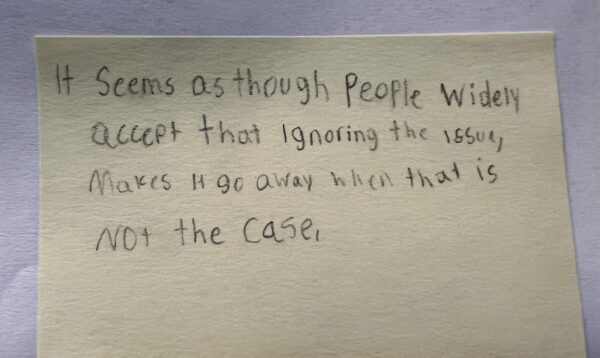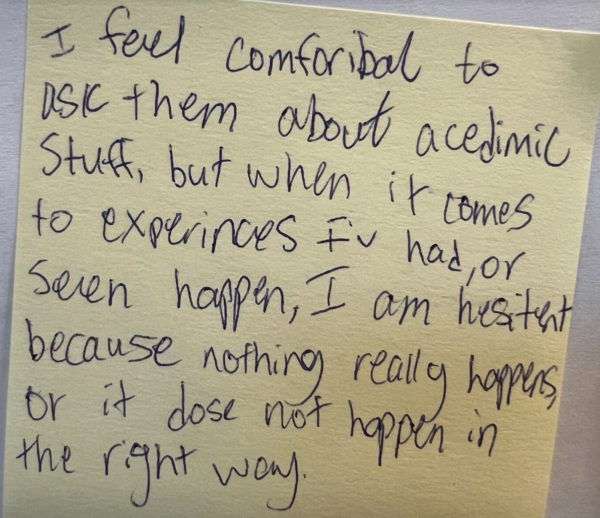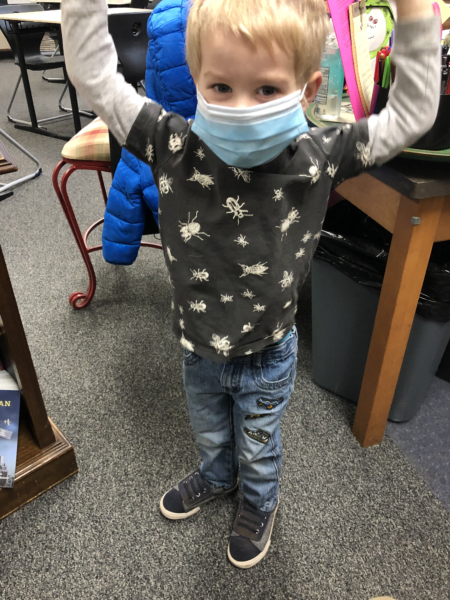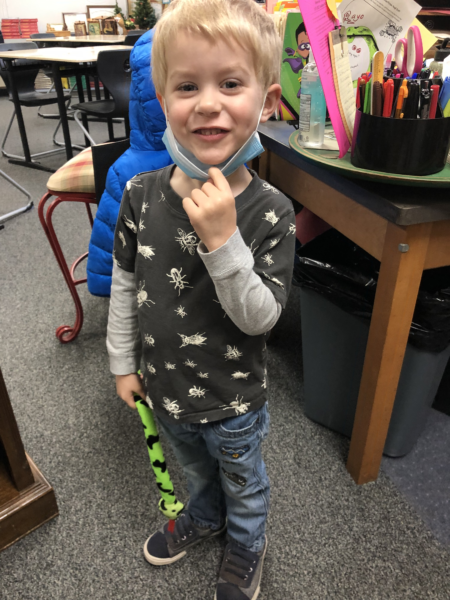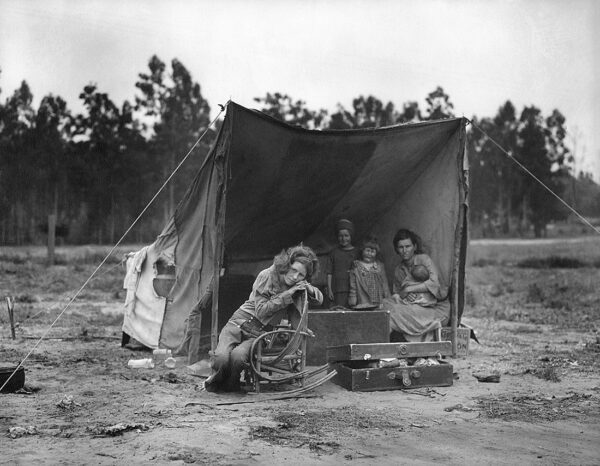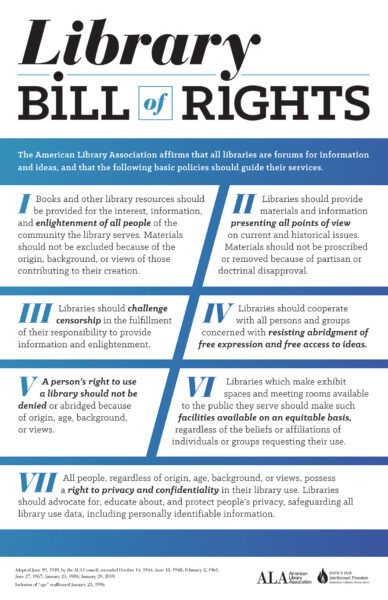The 2024 Washington State Legislative session officially started on Monday, January 8. With this being a short session, and time being a major factor in getting bills heard and passed out of committee, lawmakers wasted no time filing bills and scheduling them for committee held public hearings. The Senate’s Early Learning and K-12 Education Committee held two committee meetings this first week, hearing over ten newly filed bills. While its counterpart in the house, the House Education Committee, held two work sessions on the topic of Student Isolation and Restraint. The first session cut-off is January 31st, only three weeks away, and will be the last day for legislators to pass bills out of committee within their respective house of origin.
On Wednesday, January 10th, State Superintendent of Public Instruction, Chris Reykdal, gave his third annual update on the state of Washington’s K–12 students, educators, and schools. In his address, Reykdal covered a wide range of topics including: digital/media literacy standards in schools, AI learning standards, staffing increases in the areas of social and emotional support, CTE course integration, transitional kindergarten services, tackling chronic absenteeism, and the continued investment of special education funding.
Lastly, it’s worth a quick mention that on Tuesday, January 9th, Governor Inslee gave his last “State of the State Address,” urging the legislature to press on with his priorities as he is not running for a fourth term. According to The Seattle Times, “Inslee touted actions on climate change, education, housing and gun safety from his administration and lawmakers.”
Education Hearings Scheduled for Next Week on TVW.org
House Education Committee
- Monday, January 15th @ 1:30pm
- Tuesday, January 16th @ 4pm
- Thursday, January 18th @ 8am
Senate Early Learning & K-12 Education Committee
- Monday, January 15th @ 1:30pm
- Wednesday, January 17th @ 1:30pm
- Thursday, January 18th @ 1:30pm
Important Legislative Links
Legislative Website: Get information on bills, legislators, hearings and more.
Bill Tracker: Track specific bills, read bill reports.
TVW: Watch live and archived legislative proceedings.
Note about legislative updates:
CSTP relays these legislative updates to provide information on bills, budgets and legislative processes. CSTP doesn’t have a legislative agenda, but does track legislative issues most relevant to teaching.
Bills We’re Following
HB 1146: which requires public schools to notify high school students and their families about available dual credit programs and any available financial assistance. The bill has passed the House Chamber.
E2SHB 1479: which concerns restraint or isolation of students in public schools and educational programs (hearing time: 18:33 and 40:26). Testifying in support: representatives from the SCPTSA, Team Child, OSPI and several concerned citizens, Testifying in opposition: representatives from WABA. Testifying as “other:” representatives from the Rural Ed Center and the School Alliance.
HB 1608: which would expand access to anaphylaxis medications in schools (hearing time: 3:42). Testifying in support: representatives from the Arlington SD, the Wenatchee SD, the Moses Lake SD and a concerned citizen.
HB 1897 and SB 5809: which concerns enrichment funding for charter public schools.
HB 1914: which aims to improve special education services received by qualifying students by requiring school districts to provide parents information about the Office of the Education Ombuds with special education materials, and to provide parents with a monthly report about the quantity and method of special education services delivered to their students (hearing time: 1:37:53). Testifying in support: representatives from Team Child and WSIPC. Testifying as “other:” representatives from the Chehalis SD, The Arc of King County, OEO, and OSPI.
HB 1915: and SB 5819: which would require school districts by the 2025-26 school year, to provide high school students with access to at least one-half credit of financial education instruction.
HB 1922: which would establish a grant program for the purchase and installation of vape detectors in public schools.
HB 1923: which relates to adjusting funds for special education enrollment.
HB 1935: which promotes resource conservation practices that include student education and leadership opportunities in public schools.
HB 1938: which aims to increase the accessibility of academic re-engagement opportunities for eligible students.
HB 1944: which would establish a running start for the trades grant program.
HB 1960 and SB 5882: which would improve individualized support for student learning and behavioral needs by providing funds for additional staffing of paraprofessionals in both instructional and non-instructional roles.
HB 1985: which would provide a benefit increase to certain retirees of the public employees’ retirement system plan 1 and the teachers’ retirement system plan 1.
HB 2005: which relates to standardizing weighted grade point averages on high school transcripts.
HB 2018: which aims to improve student outcomes by restricting mobile device use by public school students.
HB 2029: which concerns opioid overdose reversal medication in high schools.
HB 2037 and SB 5819: which concerns the requirement of Holocaust and genocide education in public schools.
HB 2038: which concerns data collection on student transfers and withdrawals from public schools and school districts (hearing time: 1:18:20). Testifying in support: representatives from WSIPC. Testifying in opposition: a concerned citizen. Testifying as “other:” representatives from the WEA, WHO and OSPI.
HB 2053: which would establish the ninth grade success program across Washington State.
HB 2058 and SB 5964: which would increase student access to free meals served at public schools (hearing time: 31:24 and 1:04:15). Testifying in support: representatives from WSSDA, WEA, OSPI, WCAAP, Food Lifeline, and Save the Children Action Network. Testifying in opposition: representatives from the Washington State Policy Center.
HB 2077: which concerns participation in the Washington guaranteed admissions program.
HB 2078: which aims to improve school safety by increasing penalties for interference, intimidation by threat or force, or violence at schools and school-related athletic activities.
HB 2121: which concerns the burden of proof for special education due process hearings.
HB 2130: which would extend eligibility for special education services to the end of the school year in which a student eligible for special education services turns 22 years of age.
HB 2142: which would create and fund a reading coaches grant program.
HB 2146 and SB 5850: which aims to support students who are chronically absent and at risk for not graduating high school.
HB 2280: which would establish a statewide network for student mental and behavioral health.
HB 2282: which would direct OSPI to identify African American studies curricula for students in grades seven through 12.
HB 2284: which would require public schools to incorporate evidence-based instructional practices in reading and writing literacy for elementary students.
SB 5804: which would require school districts to maintain at least one set of opioid reversal medication doses within each high school.
SB 5809: which concerns enrichment funding for charter schools (hearing time: 1:05:54). Testifying in support: representatives from Why Not You Academy, Rainier Valley Leadership Academy and Pride Schools. Testifying in opposition: representatives from the WEA.
SB 5819: which would make financial education instruction a graduation prerequisite and a required component of public education.
SB 5850: which aims to support students who are chronically absent and at risk for not graduating high school.
SB 5882: which would phase in additional staffing allocations for paraprofessionals in instructional and non-instructional roles in an effort to improve the individualized support for student learning and behavioral needs (hearing time: 28:55). Testifying in support: representatives from OSPI, the Evergreen, Spokane, and Vancouver Public Schools, the WEA, PSE, NASW of WA, WSPTA, the Rural Ed Center, South Sound School Districts, the Northshore Education Assoc, a concerned citizen and WSSDA. Testifying in opposition: representatives from the Washington Policy Center, Conservative Ladies of WA and a concerned citizen. Testifying as “other:” representatives from WAESN.
SB 5923 and HB 1956: which would address fentanyl and other substance use prevention education.
SB 6045: which would work to develop a comprehensive state-wide initiative regarding school district efficiencies and consolidation.
SB 6049: which would establish a grant program aimed at providing tutoring interventions, extended learning programs, and summer school programs for the greatest learning recovery needs.
SB 6082: which aims to increase compensation for Washington paraeducators.
SB 6123: which would require the adjustments of classified school employee salaries to align with staffing costs for the state’s program of basic education.
Odds and Ends
Academic Burnout is Real and Preventable. From OSPI’s Student Stories Program, one Lake Stevens’ student tells her own story.
This week from The Seattle Times, WA Legislature Kicks Off Short Session with Optimism.

